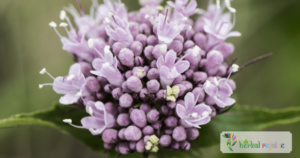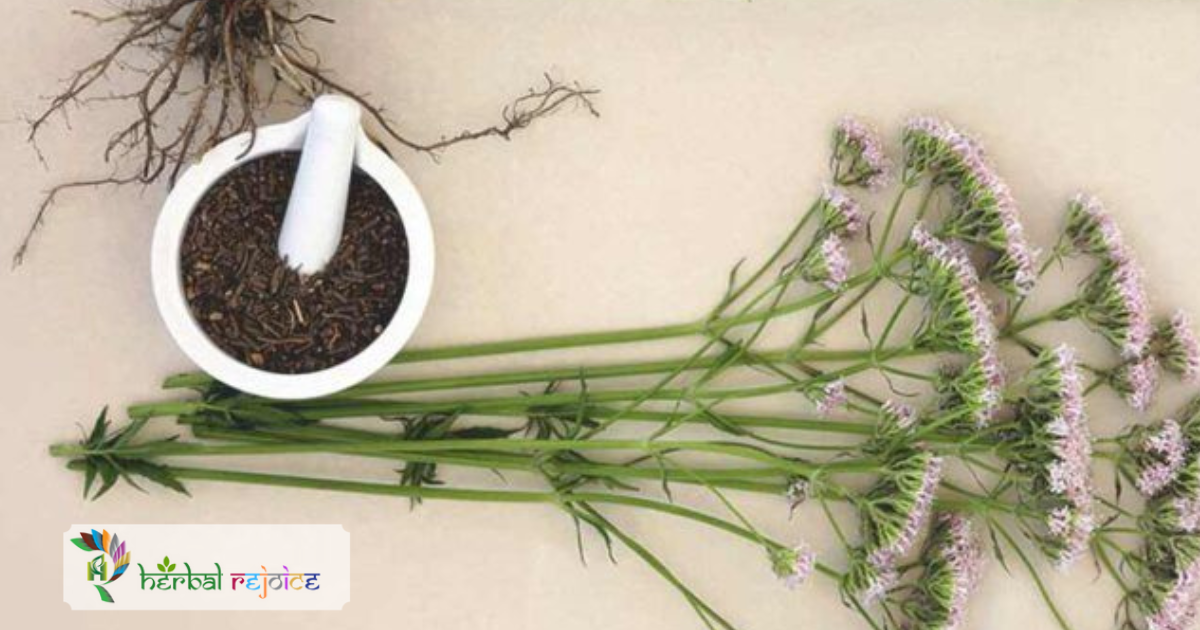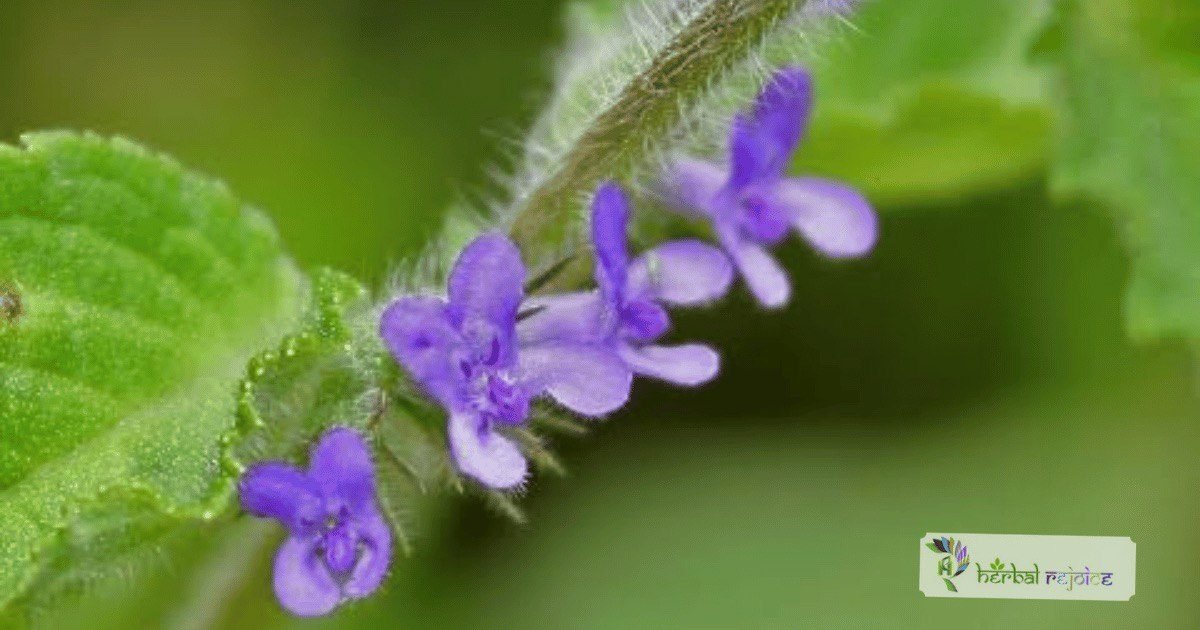Introduction
Valeriana officinalis Linn, commonly known as Valerian or Garden Heliotrope, is a plant native to Eurasia. It belongs to the Valerianaceae family.
Valerian is known for its tranquilizing and hypnotic effects. It acts as a natural relaxant for the higher nerve centers.
It is commonly used to treat conditions such as nervous tension, sleeplessness, restlessness, palpitation, tension, headache, migraine, menstrual pain, intestinal cramps, and bronchial spasm.
Valerian – Key To Optimal Performance

Names and Habitat Of Valerian
In Ayurveda, it is called Tagara or Nata. In folk medicine, it is referred to as Sugandhabaalaa or taggar. Common Valerian can be found in both dry grassland and damp grassland habitats, but it does not tolerate permanently waterlogged conditions (where its shorter relative Marsh Valerian thrives).
Chemical Composition Of Valerian
Valerian root contains various active constituents, including valtrates, didrovaltrates, and isovalerates.
It also contains monoterpenes, sesquiterpenes, caffeic acid, gamma-aminobutyric acid (GABA), chlorogenic acid, beta-sitosterol, methyl, 2-pyrrolketone, choline, tannins, gums, alkaloids, and resin.
The volatile oil in Valerian, which accounts for 0.5-2% of its composition, contains bornyl acetate and bornyl isovalerate as the main components.
Other constituents present in the volatile oil include beta-caryophyllene, valeranone, valerenal, valerenic acid, and other sesquiterpenoids and monoterpenes.
Valeriana officinalis Linn can be distinguished from other Valeriana species by the co-occurrence of three specific cyclopentane-sesquiterpenoids: valerenic acid, acetoxyvalerenic acid, and valerenal.
Applications Of Valerian
One of the key applications of Valerian is its internal use for restlessness and sleeping disorders caused by nervous conditions, as recommended by the German Commission E.
Other reputable sources such as Expanded Commission E, ESCOP, and WHO monographs also support the use of Valerian for similar indications.
The active compounds in Valerian are the valepotriates, which are iridoid molecules, and valeric acid. Initially, it was believed that valepotriates were solely responsible for the sedative effects of Valerian.
However, further research has shown that an aqueous extract of the root also possesses sedative properties.
This led to the conclusion that valerenic acid is another chemical factor contributing to the herb’s sedative effects.
In Western herbal medicine, most commercial Valerian extracts are water-soluble and standardized for valerenic acids. In experiments on rats, high doses of valepotriates from Valerian reduced benzodiazepine and diazepam withdrawal symptoms.
Valerian has also been found to enhance binding of flunitrazepam at low doses but inhibit binding at high doses. Valerenic acid inhibits the breakdown of GABA, and hydroxypinoresinol binds to the benzodiazepine receptor.
The Common Valerian
Although the safety of valepotriates has been questioned, Valerian is an approved over-the-counter medicine in Germany, Belgium, France, Switzerland, and Italy, according to The British Herbal Compendium.
It is also important to note that Valerian is different from Valeriana dubia Bunge, which is commonly known as Common Valerian.
Conclusion
In conclusion, Valerian (Valeriana officinalis Linn) is a widely-used herb known for its tranquilizing and hypnotic effects.
It offers natural relaxation to the higher nerve centers and is commonly used to alleviate conditions such as nervous tension, sleeplessness, restlessness, headache, menstrual pain, intestinal cramps, and bronchial spasm.
The root of Valerian contains various active constituents, including valtrates, didrovaltrates, and isovalerates.
It also contains valepotriates, valeric acid, monoterpenes, sesquiterpenes, caffeic acid, GABA, chlorogenic acid, and other compounds.
The sedative effects of Valerian are attributed to the valepotriates and valerenic acid.
Valerian is considered safe for use and is approved as an over-the-counter medicine in several European countries.
Frequently Asked Questions(FAQs)
What is Valerian?
Valerian, also known as Garden Heliotrope or Valeriana officinalis Linn, is a plant native to Eurasia that is known for its tranquilizing and hypnotic effects.
What are the common names for Valerian?
Valerian is also commonly known as Garden Heliotrope, Tagara, Nata, Sugandhabaalaa, or Taggar.
What conditions can Valerian be used to treat?
Valerian is commonly used to treat conditions such as nervous tension, sleeplessness, restlessness, palpitation, tension, headache, migraine, menstrual pain, intestinal cramps, and bronchial spasm.
What is the key application of Valerian?
One of the key applications of Valerian is its internal use for restlessness and sleeping disorders caused by nervous conditions.
Are there any reputable sources that support the use of Valerian?
Yes, reputable sources such as the German Commission E, Expanded Commission E, ESCOP, and WHO monographs support the use of Valerian for restlessness and sleeping disorders caused by nervous conditions.
What are the active compounds in Valerian root?
Valerian root contains various active compounds, including valtrates, didrovaltrates, isovalerates, monoterpenes, sesquiterpenes, caffeic acid, gamma-aminobutyric acid (GABA), chlorogenic acid, beta-sitosterol, methyl, 2-pyrrolketone, choline, tannins, gums, alkaloids, and resin.
What are the main components of the volatile oil in Valerian?
The main components of the volatile oil in Valerian are bornyl acetate and bornyl isovalerate. Other constituents present in the volatile oil include beta-caryophyllene, valeranone, valerenal, valerenic acid, and other sesquiterpenoids and monoterpenes.
How can Valeriana officinalis Linn be distinguished from other Valeriana species?
Valeriana officinalis Linn can be distinguished from other Valeriana species by the co-occurrence of three specific cyclopentane-sesquiterpenoids: valerenic acid, acetoxyvalerenic acid, and valerenal.
What are the active compounds in Valerian responsible for its sedative effects?
The active compounds in Valerian responsible for its sedative effects are the valepotriates, which are iridoid molecules, and valeric acid.
What is the significance of valerenic acid in Valerian?
Valerian contains valerenic acid, which is another chemical factor contributing to the herb’s sedative effects.
Are Valerian extracts water-soluble?
Yes, most commercial Valerian extracts in Western herbal medicine are water-soluble.
What are Valerian extracts standardized for?
Commercial Valerian extracts are standardized for valerenic acids.
How has Valerian been shown to affect benzodiazepine and diazepam withdrawal symptoms in rats?
High doses of valepotriates from Valerian have been shown to reduce benzodiazepine and diazepam withdrawal symptoms in rats.
What effects does Valerian have on flunitrazepam binding?
Valerian has been found to enhance binding of flunitrazepam at low doses but inhibit binding at high doses.
Does Valerian affect the breakdown of GABA?
Valerenic acid in Valerian inhibits the breakdown of GABA.
How does hydroxypinoresinol in Valerian affect the benzodiazepine receptor?
Hydroxypinoresinol in Valerian binds to the benzodiazepine receptor.
Is Valerian considered safe for use?
Yes, Valerian is considered safe for use and is approved as an over-the-counter medicine in Germany, Belgium, France, Switzerland, and Italy.
Is Valerian the same as Common Valerian?
No, Valerian (Valeriana officinalis Linn) is different from Common Valerian (Valeriana dubia Bunge).





